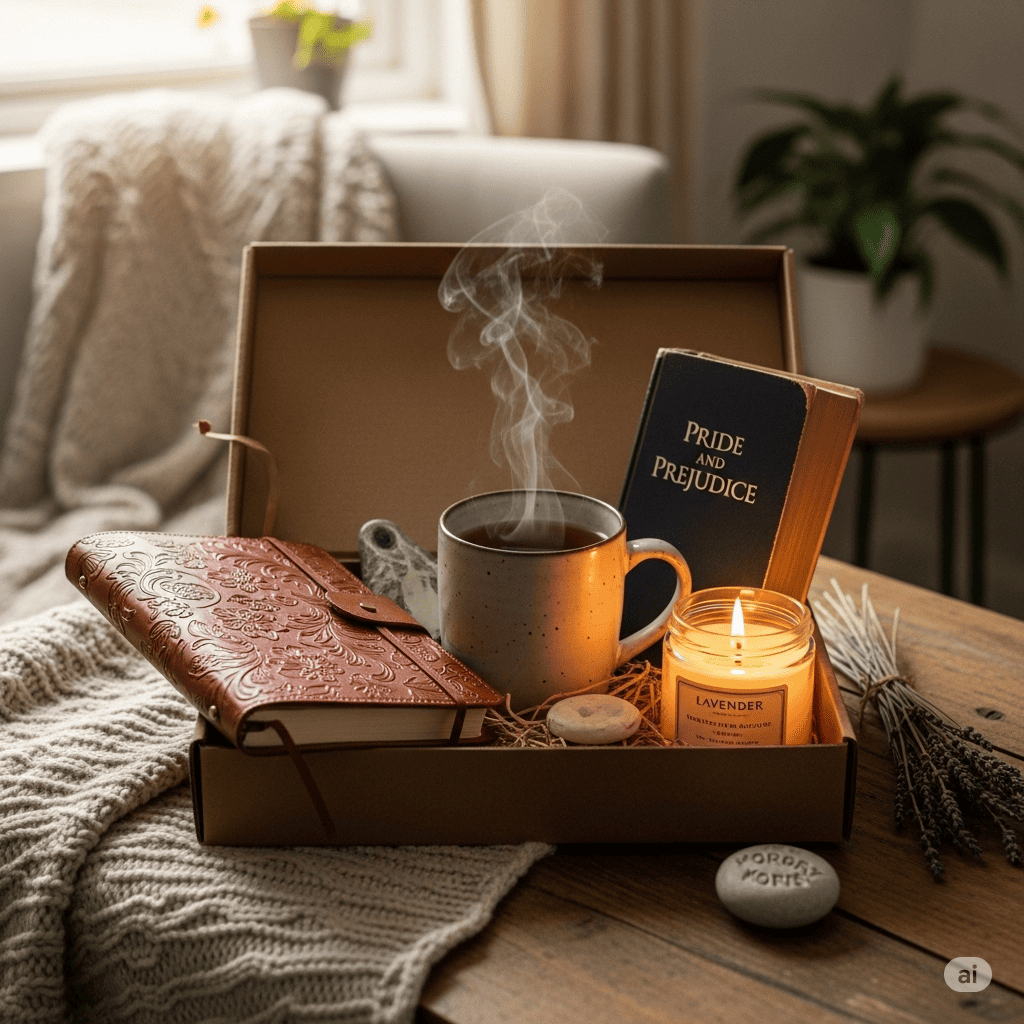When life feels overwhelming, your thoughts start racing, or anxiety creeps in — the most powerful thing you can do is come back to your body. That’s what grounding is all about.
Grounding exercises help you shift out of a spiraling mind and reconnect with the present moment. They regulate your nervous system, reduce stress, and create a sense of calm and stability — even in the middle of chaos.
Best of all? You don’t need a yoga mat, a meditation cushion, or a perfect environment. You can practice grounding anytime, anywhere.
In this article, you’ll learn simple grounding techniques that support extreme self-care — whether you’re at home, at work, or on the go.
What Is Grounding?
Grounding is the practice of reconnecting your awareness to the present moment, often by focusing on your body, breath, or surroundings.
It’s especially useful when you feel:
- Anxious or panicked
- Disconnected or dissociative
- Distracted and overstimulated
- Stuck in worry or overthinking
- Uncomfortable in your own body
- Emotionally overwhelmed
Grounding helps you move from thinking to sensing — from chaos to calm.
Why Grounding Matters for Extreme Self-Care
Extreme self-care isn’t just about spa days or journaling. It’s about developing real-life tools that help you meet your emotional needs in the moment.
Grounding is one of those tools — a way to say to yourself:
“You are here. You are safe. You can handle this.”
By practicing grounding regularly, you strengthen your ability to self-regulate — and create safety within your own body.
1. The 5-4-3-2-1 Technique (Sensory Grounding)
This classic grounding exercise engages your five senses to help you reconnect with the present.
How to do it:
- Name 5 things you can see
- Name 4 things you can touch
- Name 3 things you can hear
- Name 2 things you can smell
- Name 1 thing you can taste
Do it slowly and mindfully. Describe the items if it helps. This technique brings your attention out of your head and into your body.
Perfect for: moments of anxiety, overstimulation, or emotional flooding.
2. Barefoot Grounding (Earthing)
When possible, stand or walk barefoot on natural ground — grass, dirt, sand, or stone.
What to do:
- Stand tall and feel your feet connect with the earth
- Take a few slow, deep breaths
- Imagine roots growing from your feet down into the earth
- Let any stress or tension drain downward
Even just 2–3 minutes of earthing can lower cortisol and boost feelings of calm.
Perfect for: when you feel ungrounded, spacey, or emotionally unsteady.
3. Hand Over Heart and Belly
A simple but powerful way to soothe your nervous system is to place one hand on your heart and one on your belly.
How to do it:
- Sit or stand still
- Place one hand on your chest, one on your abdomen
- Close your eyes and take 3–5 deep breaths
- Feel your hands rise and fall with each breath
- Silently say: “I’m here. I’m safe.”
This creates a self-soothing feedback loop between your breath and body.
Perfect for: grounding before sleep, during stress, or when you need a reset.
4. Object Focus
Find a physical object (a pen, rock, cup, leaf — anything) and explore it with full attention.
Practice:
- Hold the object in your hand
- Notice its texture, weight, temperature
- Describe it silently or out loud
- Trace the edges, feel every detail
- Keep your focus on it for at least 1–2 minutes
This technique anchors you in tangible reality when your mind is racing.
Perfect for: anxiety spirals, high stress, or post-trigger moments.
5. Grounding Breath
Not all deep breathing is grounding. The key is slow, rhythmic, belly-based breathing.
Try this method:
- Inhale through your nose for 4 counts
- Hold for 2 counts
- Exhale slowly through your mouth for 6–8 counts
- Repeat 5–10 times
Place your hands on your belly or thighs to feel the rhythm and stay present.
Perfect for: calming the nervous system in public, before meetings, or at bedtime.
6. Wall Support
Using a wall as a physical anchor helps remind your body that you’re supported and stable.
How to do it:
- Stand or sit with your back against a wall
- Feel your shoulders, back, and legs press gently into it
- Close your eyes and take 5 deep breaths
- Imagine the wall holding your weight
- Focus on the feeling of support
This creates a sense of containment and trust in your physical environment.
Perfect for: feeling emotionally scattered or unsafe in your body.
7. Body Scan (Mini Version)
A quick body scan helps bring your awareness inward and relax muscles that may be holding tension.
Practice:
- Sit or lie down
- Close your eyes and scan your body from head to toe
- Notice any areas of tightness, heaviness, or discomfort
- Breathe into those areas with compassion
- End by saying, “I’m here, in my body, and I’m okay.”
It takes less than 2 minutes — and grounds you in your own skin.
Perfect for: checking in during the day or before a transition (work to home, busy to rest, etc.).
8. Grounding Movement
Movement can be grounding if it’s slow, intentional, and mindful.
Try:
- Gentle walking (indoors or outdoors)
- Stretching your arms, shoulders, and legs
- Rocking side to side on your feet
- Rolling your neck slowly
- Pressing your feet firmly into the floor and feeling the contact
Let each movement be felt fully, not rushed through.
Perfect for: releasing stored stress or tension.
9. Grounding Words or Affirmations
Words can calm your nervous system, especially when spoken aloud.
Try saying:
- “I am grounded.”
- “I am safe in this moment.”
- “I return to my body.”
- “I am not my thoughts.”
- “I am supported.”
Repeat slowly, matching each phrase with a breath.
Perfect for: anxious thoughts, overthinking, or spiraling emotions.
When to Use Grounding Techniques
Use grounding whenever you feel:
- Disconnected from yourself
- Emotionally overwhelmed
- Caught in overthinking or panic
- Drained or overstimulated
- Like you need to pause and reconnect
The more often you ground yourself, the more your nervous system learns:
“I can return to peace. I can stay present. I am safe inside myself.”
Final Thought: You Can Ground Yourself, No Matter Where You Are
You don’t need a quiet room or a perfect mood to ground yourself. You just need willingness and presence.
These simple exercises help you build an inner foundation — one you can return to whenever life feels shaky.
So next time things feel too fast, too loud, or too much…
Pause. Breathe. Ground.
Let the moment be your anchor. Let your body be your home.






